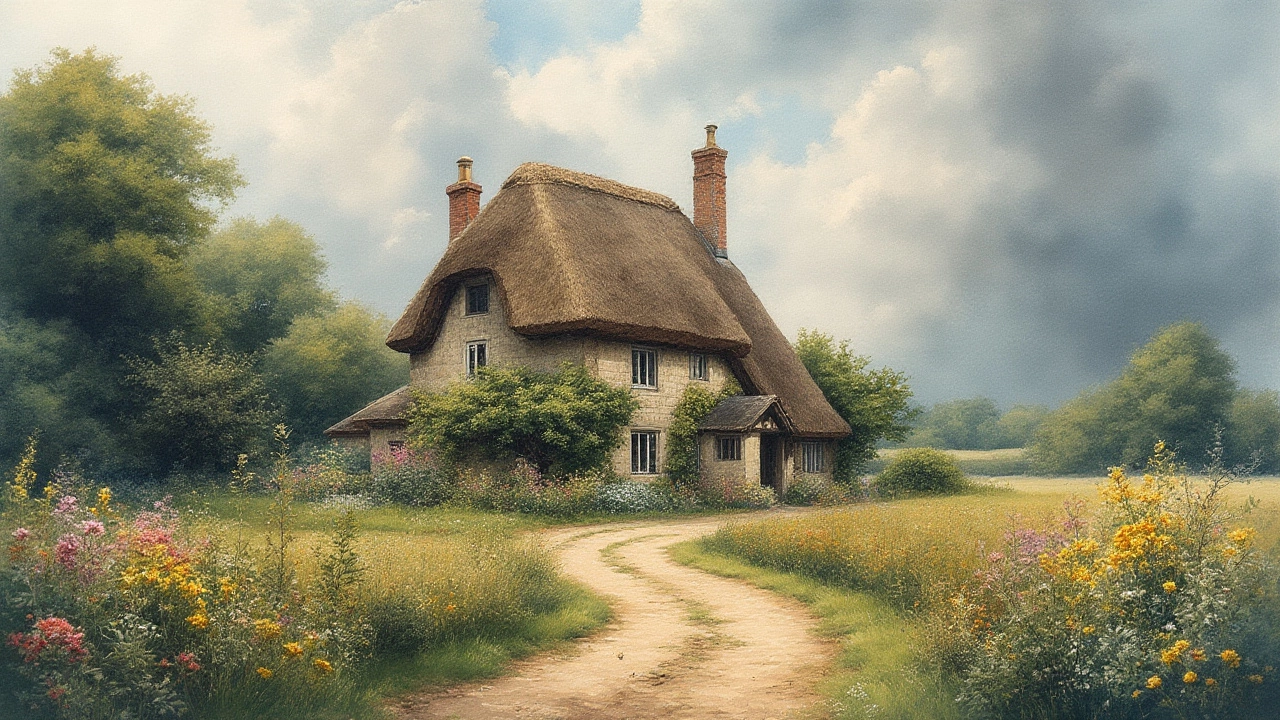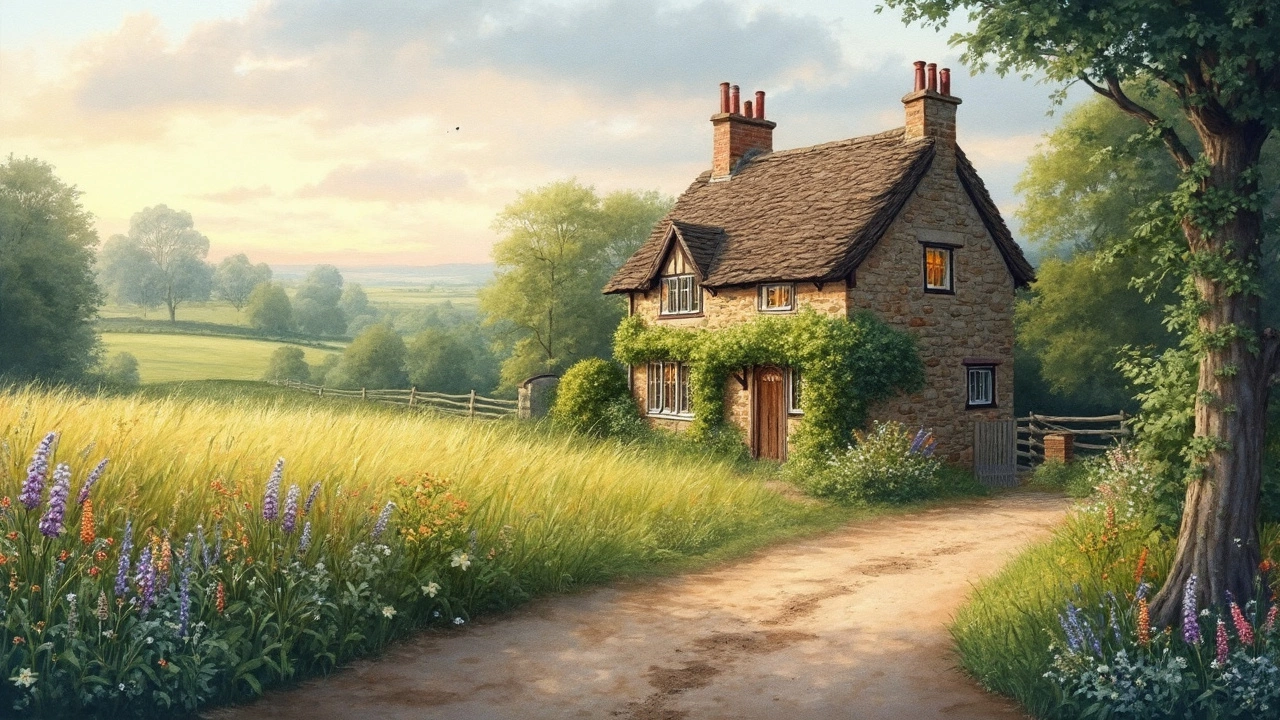
Cottage Architecture: Styles, History, and Practical Tips
If you’ve ever dreamed of a cozy stone cottage overlooking loch ness, you’re not alone. Cottage architecture blends simple forms with local traditions, creating homes that feel both timeless and personal. Below you’ll find the basics of design, a quick look at Scottish influences, and real‑world advice for picking a stay that matches your style.
Key Features of Traditional Cottages
Most classic cottages share a few easy‑to‑spot traits. Think low‑pitched roofs, thick stone walls, and small mullioned windows that let in soft light. Inside, exposed beams and a central hearth give the space a warm, inviting vibe. These elements aren’t just decorative – they keep the house warm in winter and cool in summer, a natural response to Scotland’s weather.
In the Highlands, you’ll also see a lot of thatch roofs and whitewashed exteriors. The white paint reflects the often gray sky, while thatch provides excellent insulation. When you book a cottage near loch ness, look for these details; they’re a sign the property respects local building traditions.
Modern Twists on Cottage Design
Today’s cottage lovers often mix old‑world charm with modern comforts. Open‑plan living areas, sleek kitchens, and eco‑friendly insulation are common upgrades. If you care about sustainability, check whether the cottage uses timber from responsibly managed forests or features solar panels – many newer builds do.
Glamping cottages are a great example of this blend. They keep the rustic feel of a traditional hut but add luxury touches like private bathrooms and high‑speed Wi‑Fi. Our tag includes posts about glamping cottages, so you can see what amenities are typical and decide how far you want to go on the comfort scale.
Another modern twist is the “eco‑cottage.” These homes focus on low environmental impact, using reclaimed stone, natural plaster, and energy‑efficient windows. While they can be pricier to build, the running costs are often lower, and the look fits right in with the surrounding landscape.
When you’re hunting for a place to stay, consider whether you want a pure historic feel or a blend of old and new. The right mix depends on how you plan to spend your days – hiking, reading by the fire, or working remotely.
Practical tip: ask the owner about heating sources. Some cottages still rely on wood‑burning stoves, which add ambience but require you to bring firewood. Others use modern gas or electric systems that are easier to manage but might affect the authentic vibe.
Finally, think about the layout. Traditional cottages often have small rooms and narrow hallways, which can feel charming but might not suit families with lots of gear. Larger “country houses” or converted farm buildings offer more space while keeping the cottage aesthetic.
Whether you’re booking a National Trust cottage, a boutique holiday home, or a self‑catered residence, the architecture tells you a lot about the experience you’ll have. Look for the features that matter most to you, and you’ll walk into a stay that feels right from the moment you step through the door.
Ready to find your perfect loch ness retreat? Use our guides to match your style, budget, and comfort level with the right cottage architecture. Happy travels!

